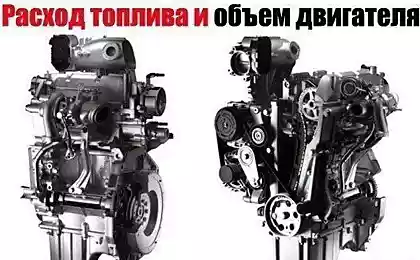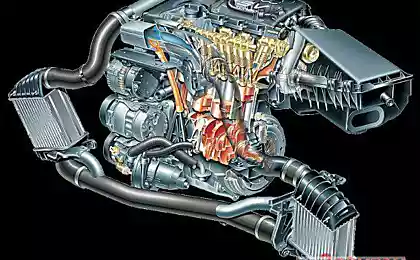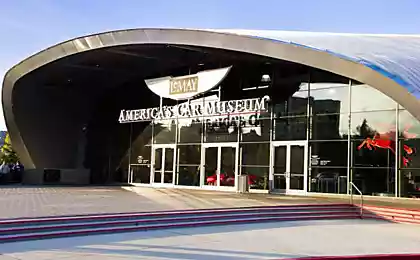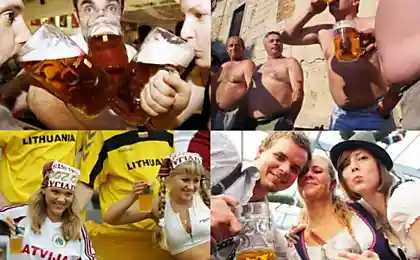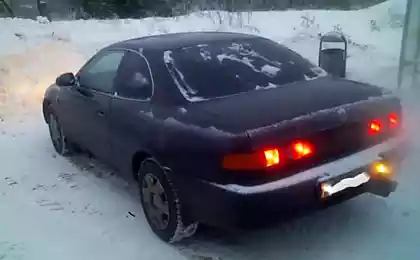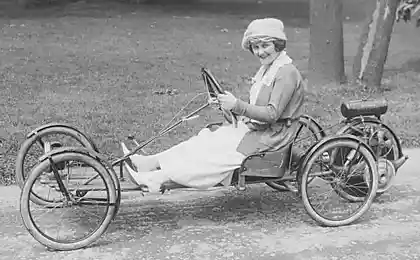154
Invented a car with fuel consumption - 0.08 liters per 100 kilometers
The three-wheeled, drop-shaped car won Shell’s Eco Marathon, an annual competition that invites teams of students to compete with each other to build energy-efficient vehicles.
The winning group, from Laval University in Quebec, overcame technical difficulties and achieved a fuel efficiency of 2,824 miles per gallon (0.08 liters per 100 kilometers).
To put it in perspective, a prototype could travel from New York to Los Angeles on less than one gallon of fuel (3.78 liters).
However, this figure is still well below the 3,587 mpg (0.06 litres per 100 kilometres) result achieved by the same university team last year. Laval University has won five of the last six Shell fuel competitions.
The marathon was held in Houston, where teams competed in one of two categories – “Prototype”, which focuses on maximum efficiency, and “UrbanConcept”, which focuses on passenger comfort.
The cars fell into one of seven categories, each powered by conventional gasoline, diesel, biofuel, natural gas, hydrogen, solar or electricity. Over the course of several days, the teams made many rounds, with the aim of driving the maximum distance of the equivalent of one gallon of fuel. The organizers calculated the energy efficiency of each copy and wrote a $2,000 award to the winner of each category.
Winner: Alerion, Supermileage from the Alerion Supermileage team at Laval University in Quebec
Mater Dei High School, of Evansville, Indiana, received the highest award in the UrbanConcept category with its flying saucer-like gasoline vehicle, achieving an efficiency of 849 miles per gallon (0.27 liters per 100 kilometers). For example, the electric Ford Focus delivers a relatively meager 108 miles per gallon (2.17 liters per 100 kilometers) in urban mode.
If a group of students can build a super-efficient vehicle, what prevents major car manufacturers from doing the same? The fact is that these prototypes are built solely to save fuel, and do not take into account everyday safety issues and travel at high speed.
However, the projects inspire all sorts of findings within the framework of innovative concepts. For example, an electric car from Saint Thomas Academy of Mendota Heights, Minnesota, boasted a 3D-printed steering wheel that included a key for radio communication between the driver and the rest of the team.
A team at St. Paul's School, from Covington, Louisiana, fabricated a seat in their diesel car using kombucha, a microbial culture that can be used as tea or, in this case, as plant skin. Perhaps Detroit automakers should take note of many of these innovations.
Source: aenergy.ru
GM invests $449 million in new generation electric vehicle plant
Solarium increases the risk of melanoma
